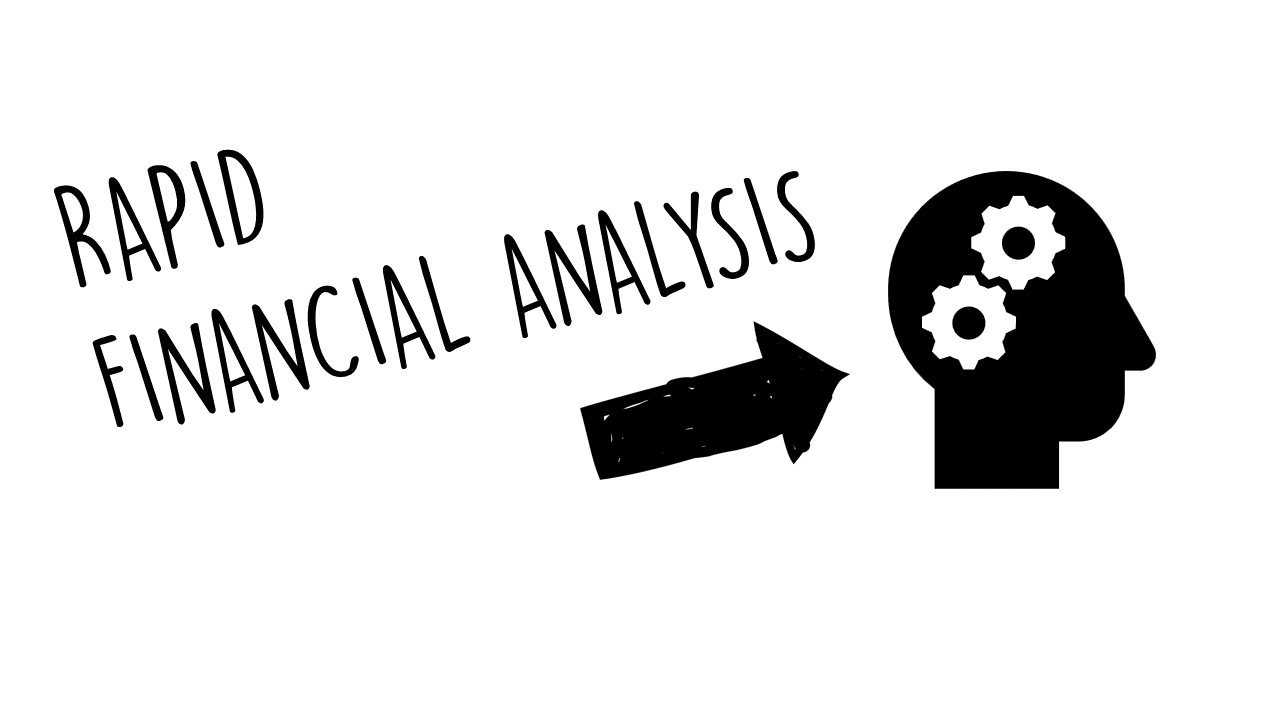Fundamental Company Analysis (FCA) is a method used by investors and financial analysts to evaluate the intrinsic value of a company. This approach involves a deep dive into a company’s financials, industry position, and market conditions to determine its actual worth, independent of its current market price. The goal is to identify investment opportunities where the market price does not reflect the company’s intrinsic value.
**How does FCA work?**
FCA works by examining various factors that can influence a company’s value. These factors are broadly categorized into quantitative and qualitative aspects.
Quantitative aspects include financial statements analysis, which involves reviewing income statements, balance sheets, and cash flow statements over multiple periods. This analysis helps in understanding the company’s profitability, liquidity, solvency, and operational efficiency.
Qualitative aspects involve analyzing non-financial information such as the company’s business model, competitive advantage, management quality, corporate governance, and industry outlook.
By combining both these aspects, FCA provides a comprehensive view of the company’s performance and potential for future growth.
[emaillocker id=”62160″]**Best Strategies for FCA!**
1. **Financial Ratio Analysis:** This involves comparing different financial metrics to understand a company’s performance over time and relative to its peers.
2. **SWOT Analysis:** This strategy helps in identifying the Strengths, Weaknesses, Opportunities, and Threats facing a company.
3. **DCF Valuation:** Discounted Cash Flow (DCF) valuation is used to estimate the value of an investment based on its expected future cash flows.
4. **Economic Moat Analysis:** This strategy involves evaluating a company’s sustainable competitive advantage or ‘economic moat’.
**Case Studies of FCA Experts**
Warren Buffett is perhaps the most famous practitioner of fundamental analysis. His investment firm Berkshire Hathaway has consistently outperformed the market by investing in companies with strong fundamentals and undervalued stocks.
Another example is Peter Lynch, who managed the Fidelity Magellan Fund from 1977 to 1990. Lynch used fundamental analysis to identify ‘multi-bagger’ stocks that would increase many times in value.
**Implementing FCA Step-by-Step**
1. **Understand the Business:** Start by understanding what the company does and how it makes money.
2. **Analyze Financial Statements:** Review the income statement, balance sheet, and cash flow statement to understand the financial health of the company.
3. **Calculate Financial Ratios:** Use ratios like Price-to-Earnings (P/E), Debt-to-Equity (D/E), Return on Equity (ROE), Return on Capital Employed (ROCE), Return on Invested Capital (ROIC),., to compare performance over time and against peers.
4. **Evaluate Management Quality:** Look at the track record of the management team and their strategy for growth.
5. **Assess Market Conditions:** Consider factors like competition, industry growth rate, regulatory environment etc., that can impact future performance.
6. **Estimate Intrinsic Value:** Use valuation methods like DCF or Dividend Discount Model (DDM) to estimate the intrinsic value of the stock.
7. **Compare with Market Price:** If your estimated intrinsic value is significantly higher than the current market price, it may be an undervalued stock worth investing in.
[/emaillocker]Remember that FCA is not foolproof; it requires skillful interpretation of data and sound judgment about future prospects. It should be used as part of a broader investment strategy rather than as a standalone tool.
